Nokia 6 Review
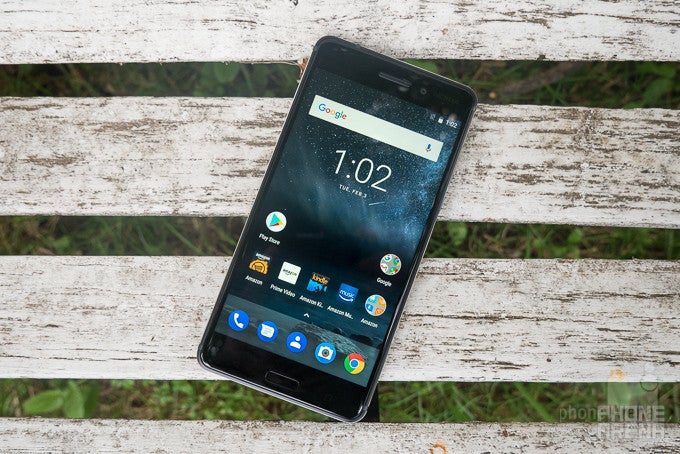
Introduction
Guess who’s back? Nokia’s back. Sorry if you were still guessing. It’s not that simple, anyway. As most of you likely know, HMD Global is the actual company behind Nokia’s hardware revival. After a fruitless absorption into Microsoft’s expanding hardware division, Nokia was bought back by former executives of the company in a complex deal which allows Android phones to be made under its namesake. You can read all about that in our coverage of Nokia’s licensing agreement, but suffice to say, we’re looking at one of the fruits of this agreement today – the Nokia 6.
And a fine-looking fruit it is. Being the highest-end Android phone that Nokia’s produced to date, this is still a mid-range device, looking to re-make its name in the crowded field of value-stuffed competitors. Aside from good looks, Nokia promises a reliable and pure Android experience, with regular updates and zero clutter. Retailing in the U.S. for either $180 (Amazon version with ads) or $230, the specs and the design of the 6 seem ripe with potential. Does Nokia finally have a modern division contender? Or, is this phone's beauty only skin-deep? Let’s dive in and find out.
Design
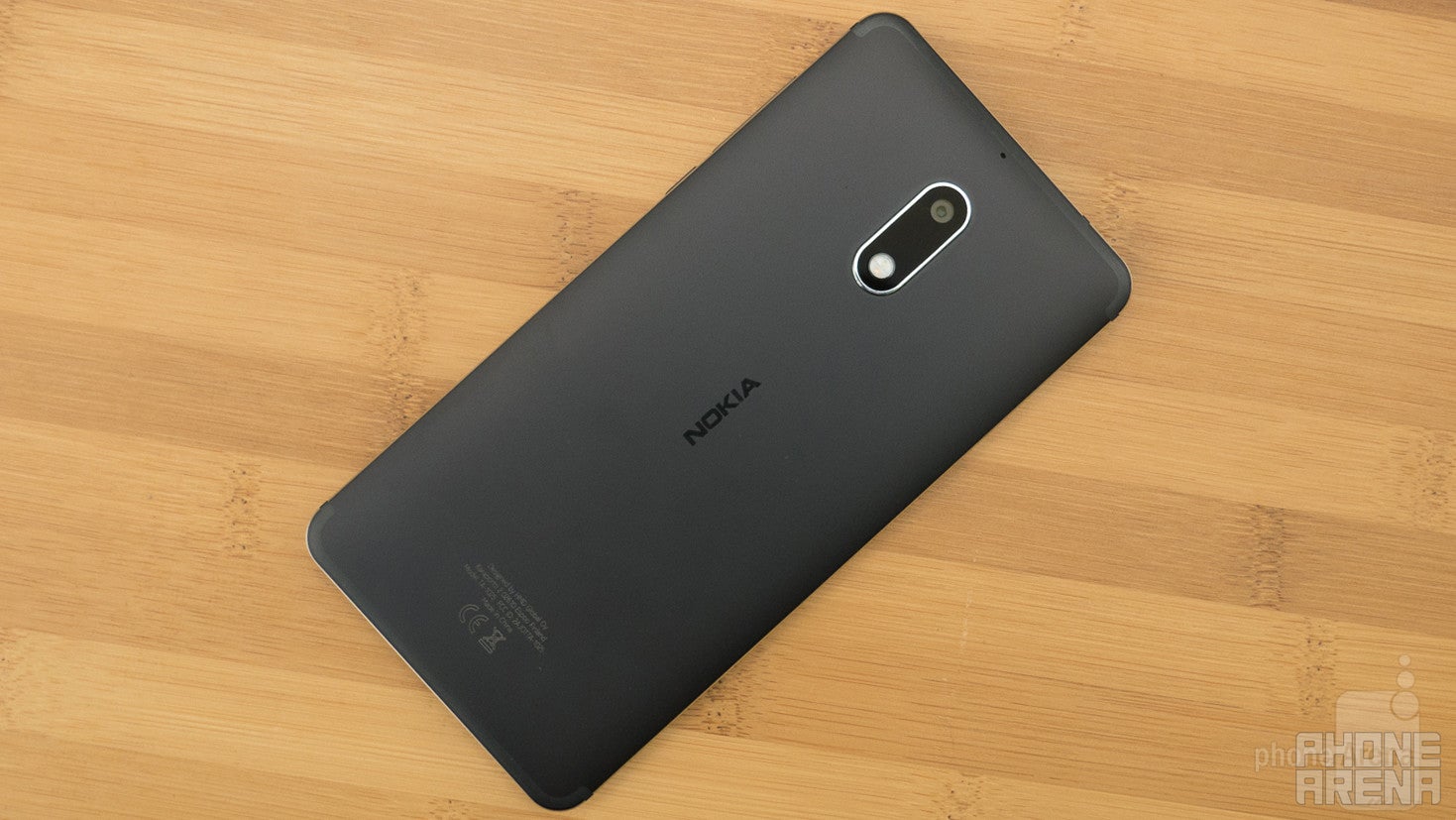
Well, you shouldn’t be too surprised here; the Nokia 6 is a good-looking phone. Being a mid-range device, you won’t find a bezel-less design here, but a much classier look than most in this category. The 6 sports a precision-milled aluminum body melded with sculpted Corning Gorilla Glass. It’s actually quite reminiscent of past Windows phones, in that it blends the trademark boxy form factor with modern elements, such as the metal body, shiny chamfered aluminum edges, and of course, a thinner profile. In all black, the phone carries quite a classy and professional air about it that will make corporate BlackBerry and iPhone loyalists look twice.
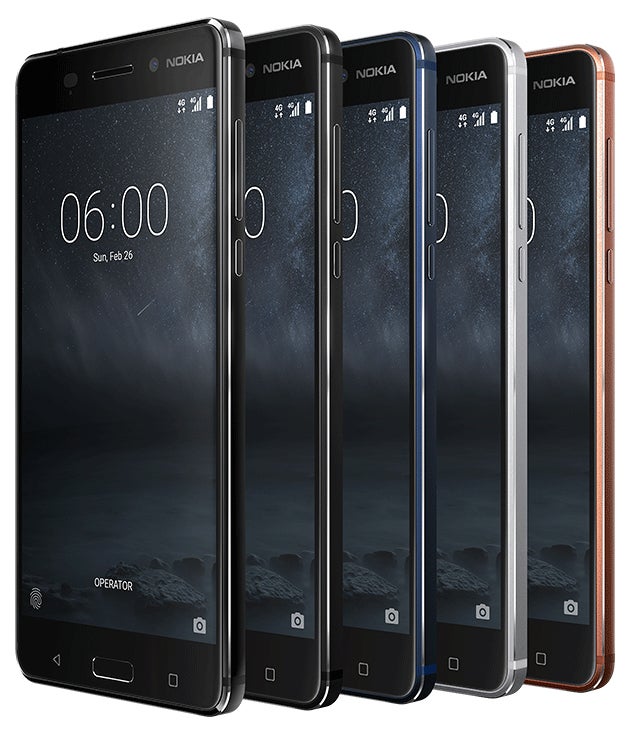
The 6 comes in a variety of colors – Arte Black (a shiny limited edition), Matte Black, Tempered Blue, Silver, and Copper – and all of them are pretty good-looking.
Nokia promises the 6 to be “life-proof,” and although we know it doesn’t mean literally, or even close to the level of the so-named protective cases, you would expect at least some level of splash resistance. And you would be wrong. We know it’s been a while since Nokia’s produced its own phones, but these days you can’t even begin to make the claim of “life-proof” without even broaching a level of waterproof. We certainly hope a miss like this isn’t made in their upcoming flagship, or even the second generation of the Nokia 6, if there is one.
Display
The 6 packs a 5.5-inch IPS display with full HD 1080p (1920 x 1080) resolution. Delivering a respectable 403 pixels per square inch, finer details are represented well. Watching full HD video on this screen is a great experience – especially with the dual speakers producing Dolby Atmos certified sound. Colors are reasonably accurate, albeit a bit on the colder side.
Interface and Functionality
Nokia’s promise to keep things lightweight and clutter free is upheld on this end. As far as Android goes, tweaks in the OS are imperceptible, if they exist at all. The Amazon version, of course, has the company’s preinstalled apps and lockscreen ads, but on a regular Nokia 6, the only non-stock artifact is an app named “Support.” This does seem to be a useful addition, though. Much like the settings menu in Google’s Pixel phones, the Support app exists to provide users with a direct line to product support. Help can be obtained in the form of the user manual, warranty status, FAQs, community forums, and chat support. This aside, bone-stock Android and “regular updates” were promised, and while the former is clearly executed, we anticipate the latter will be as well.
Processor and Memory
So, what does the chipset do with this clean Android version? Well, we wish it did more. The phone never freezes or stutters much, but navigating the UI always feels just a half-step behind, and in some situations, a full step. Equipped with the octa-core Snapdragon 430, the processor is clocked at 1.4 GHz. Paired with 3 GB of RAM, the Nokia performs reliably and consistently, albeit at a mediocre pace.
App switching is smooth and prompt, though you will see a persistent stutter while cycling through larger apps in a dual-screen setup. Generally, apps open quickly but take a second or two to load. When they are open, though, they switch quickly and effortlessly, which is characteristic of the mid-range processing speeds paired with ample RAM. We don’t think users will find much fault with day-to-day performance here, but a Snapdragon 625 would definitely speed things up an appreciable notch.
Gaming could also benefit from a higher-class Snapdragon. Loading times are quite slow, and like most mid-rangers, you’ll be dropping a lot of frames.
The fingerprint sensor is a capacitive home button, and authenticates well, for the most part. It’s a quick sensor, which we found to be accurate and mostly capable of efficient authentication, though it did miss a few instances here and there that we felt other sensors would’ve picked up. We couldn’t help but feel like some of the missed authentications would have been recognized if the scanner itself were bigger – taller, specifically. The issues we encountered didn’t seem to be a result of the software or faulty hardware, but rather just not enough surface area for your finger to land on. Inexplicably, though, you cannot set the device to open from just one authentication, but rather two. Resting your finger on the scanner wakes up the device, which then forces you lift and place your finger again to authenticate and gain entry to the device – a pretty annoying and useless quirk.
Connectivity
The 6 sells as an unlocked phone, and like many sold under this moniker, the device is incompatible with Sprint and Verizon, due to the lack of CDMA support. On the plus side, we do have NFC support, enabling services like Android Pay, Beam, and others. We’re glad to see this on a mid-ranger, as these phones can often be neglected when it comes to should-be standard features like this. As we’ve come to expect in this category, though, micro-USB is the standard for charging – something else we hope won’t be the case on a flagship offering from the company.
Camera
Indoor shooting in well-lit scenes will produce some of the best images we’ve seen in its class, offering solid details and excellent color reproduction. The sensor does seem to be a bit sensitive to movement, though, often creating blur in images that the 16 MP sensor is more than capable of capturing properly. Otherwise, we’re quite pleased; printing pictures taken on the 6 will surely produce satisfactory results.
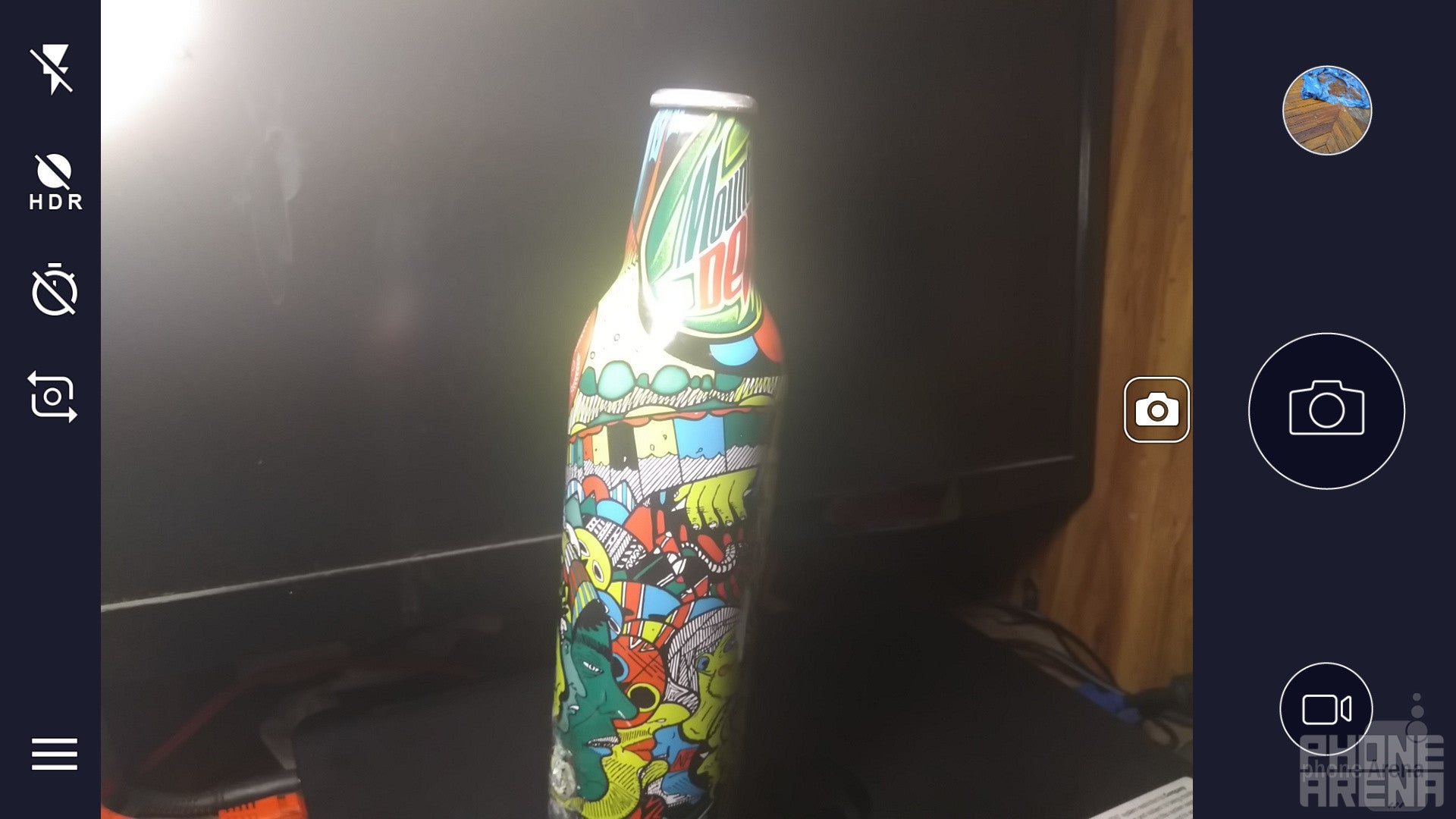
Outdoor shooting performs similarly well, but dynamic range is lacking. While colors still appear rich and accurate, brighter areas, like skies or shiny objects, tend to get overexposed to the point of complete washout. The sensor still does a good job with detail capture, but its troubles with dynamic range make it look like it’s losing details which it’s actually capable of capturing. Improvement in dynamic range is needed, as the software behind the camera lets down this capable sensor with its deficiencies in this area. We hope such fixes will come in the form of software updates, but we’re not particularly hopeful. We guess we’ll have to see if “regular updates” means just security updates and Android versions, or improvements on their own software as well.
While auto-HDR is an option, we found it to be too passive, often having to manually turn on HDR ourselves for scenes we knew would need it. Because of the sensor's tendency to overexpose in outdoor settings, we ended up just leaving HDR enabled, as we knew it would always afford us a better shot. The only problem here is the length of time it takes to capture an HDR photo, an extra 3 seconds to be exact. Thankfully, it doesn’t let in movement while processing like other sensors we’ve tested, so you can move away from the scene while HDR is still processing, but the fact that you can move away while it’s processing isn’t ideal. Processing times aside, HDR produced photos that were well balanced and detailed, though not perfect – some troubles with bright skies and shiny objects still exist – the images were quite pleasing to look at, as the 6 showed a particular strength in bringing colors out from the shadows.
Low-light pictures also pull in a surprisingly good amount of light, though the camera’s eager flash is more than happy to step in (when auto-flash is enabled) with scenes that we could actually do without it – especially since the addition of flash tends to light the subject and darken the background, as opposed to lighting the entire scene. Once you’ve seen what we mean, you’ll find yourself disabling flash more often than you might’ve thought you would be able to.
Video
Like the images, 1080p video has similarly high quality in color reproduction and detail, even when zoomed. HDR doesn’t exist here though, so you will notice the device struggling a bit to properly expose skies. Image stabilization is also absent, electric or otherwise, so shakiness is an issue, though the overall quality does help to prevent the viewing experience from being too jarring. Autofocus works decently well here, though it seems to second guess itself a bit, sometimes focusing on an object, then losing focus, then gaining it back. Another seemingly slight software fix we’d love to see addressed in an update, but alas, we may be anticipating too much from Nokia’s commitment to updates. The app also affords you the ability to shoot videos at varied speeds, including 3 times, 2 times, half, and one-third speeds. Slow-mo will require that you change the video resolution to 720p, though.

Call Quality

Battery Life
Nokia doesn’t blow us away here, in fact we’d love to see some improvements. This 3,000-mAh battery will get you through a day’s use in most scenarios, but we worry a bit about higher-end use cases. The battery also takes just under 3 hours to recharge, making the Moto G5 Plus’s efficiency and turbo power charging sound pretty good about now.
Conclusion
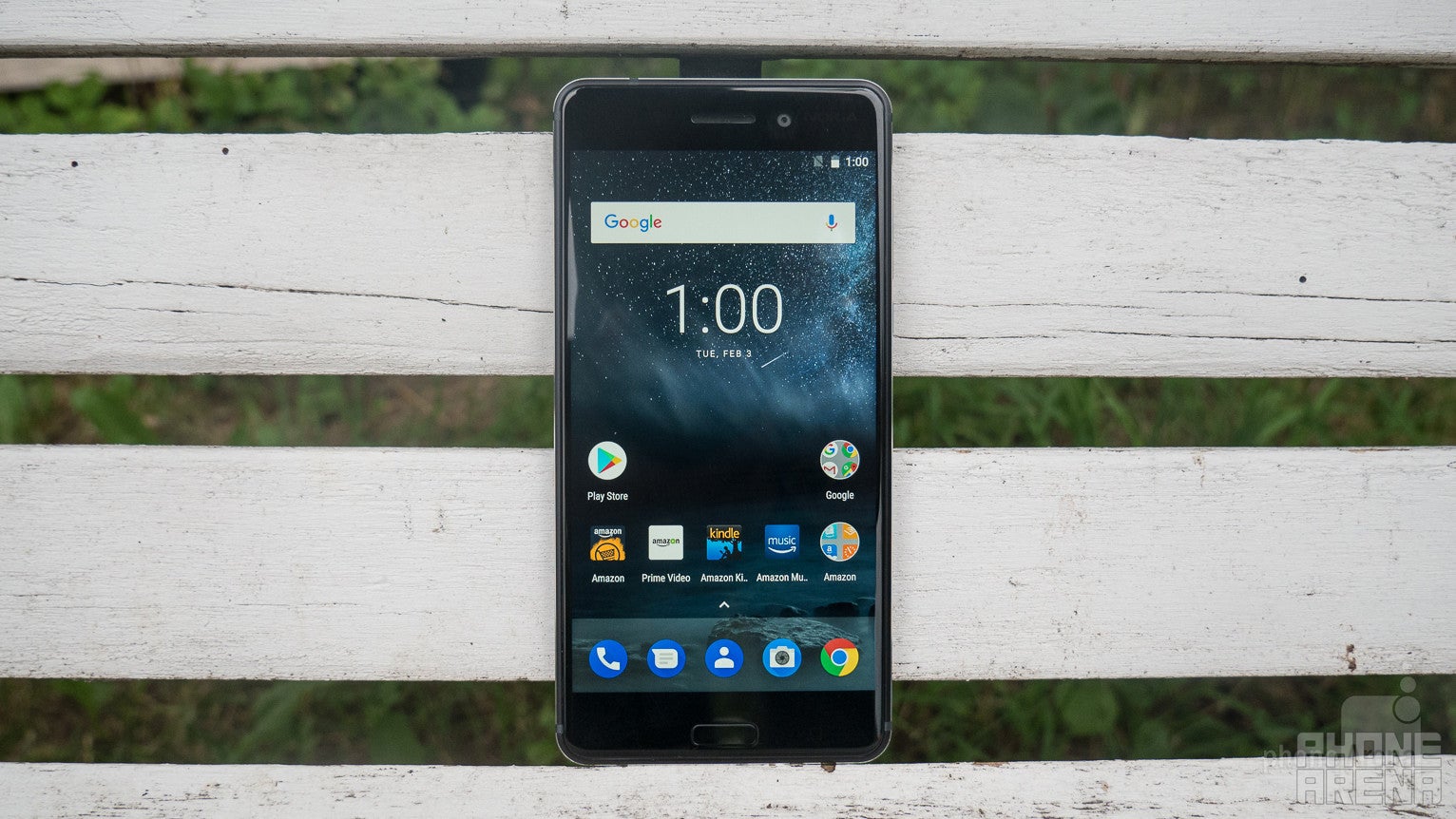
Nokia’s highest end Android phone this far is a solid phone, but we shan’t forget it’s still a mid-range offering. Its premium feel, up-to-the-task screen, and capable 16-megapixel camera make it easy to forget that. But we never lose sight of this is in regard to its processing power; in more intensive usage scenarios, this will be most evident.
So, for all that it does well and all that it lacks, what are the notable alternatives? Well, we’d be remiss in not mentioning the beautiful iPhone SE, which easily tops the Nokia in processing power, but in some other categories, the race is close. There’s also the Moto G5 Plus, which comes close to the 6 in many aspects, but Nokia may just have the edge with a more capable camera – this decision may come down to taste more than anything else. If you’re feeling adventurous though, the Honor 6X is still a worthy option, with its dual-camera set up, and faster processor.
Ultimately, you can’t really go wrong between these four phones; they all have their strengths and weaknesses. If you’re an iPhone SE user, there’s no compelling reason to jump ship to a mid-range Android phone, but if you’re an Android fan then rejoice! Nokia’s back! Let’s just hope that their impending flagship irons out the few software wrinkles we’ve seen here. Since the 6’s main flaw will be replaced with the top of the line Snapdragon, we’re not anticipating any hardware missteps based on what we’ve seen from the otherwise well-equipped Nokia 6.

Follow us on Google News
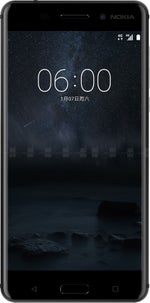
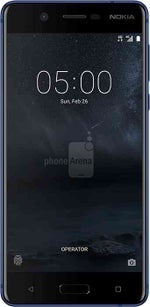
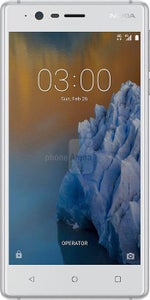
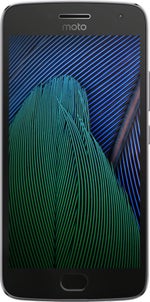

























Things that are NOT allowed:
To help keep our community safe and free from spam, we apply temporary limits to newly created accounts: